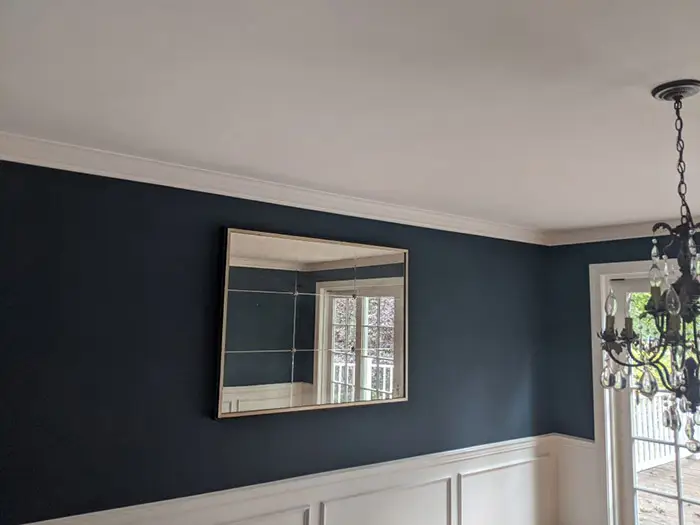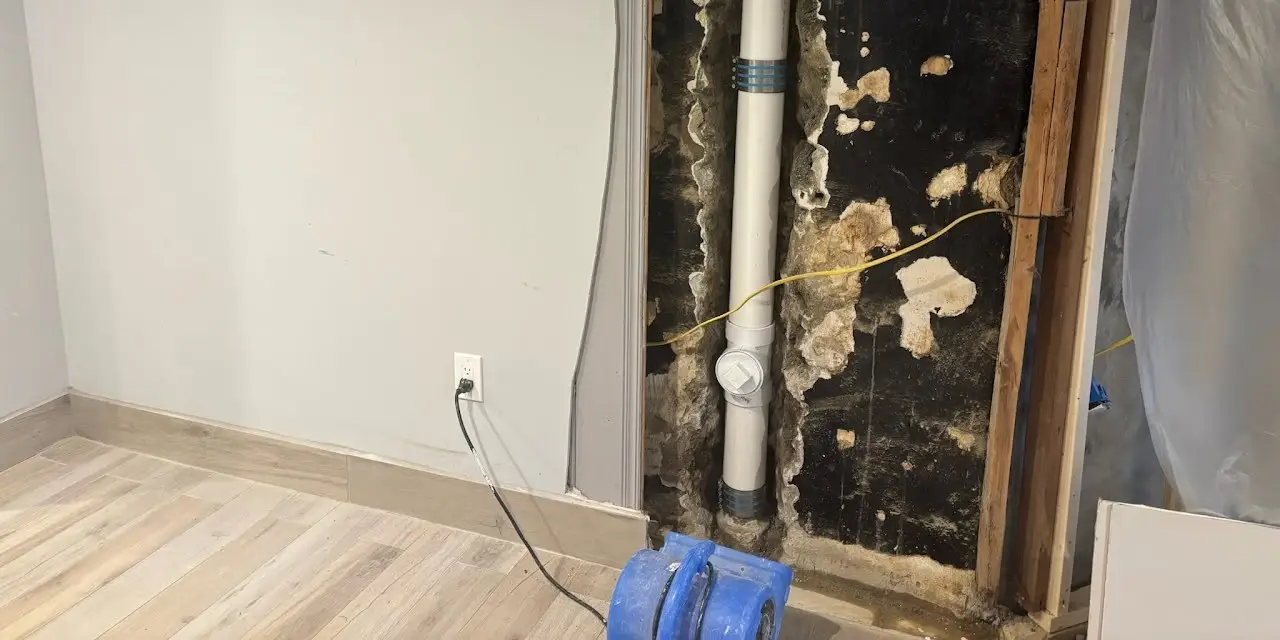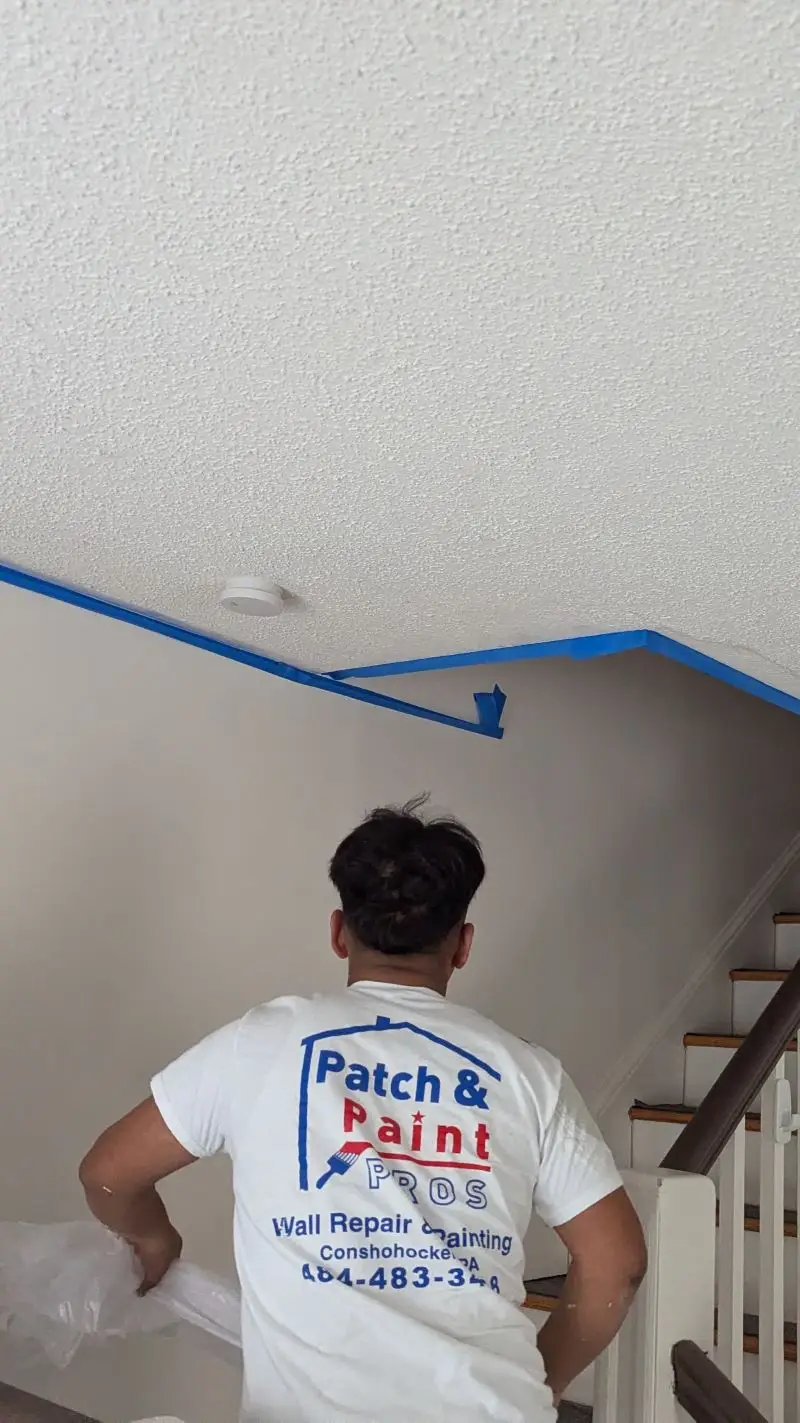Have you ever felt the frustration of painting a room, only to discover it is not as clean and easy to maintain as you had hoped? If so, then listen up! There is an alternative solution that may be perfect for your needs. Introducing Antimicrobial Paint: a special coating designed to keep painted surfaces cleaner and prevent mold growth over time. In this article, we will provide a house painting company guide to understanding how antimicrobial paint works.
Imagine being able to paint a room without having to worry about dirt and dust accumulating in hard-to-reach places or pesky mold growing on walls after some months have passed. With antimicrobial paint, all these worries can become distant memories. This type of coating has been specially developed with powerful ingredients that not only help protect against surface buildup but also inhibit the growth of microorganisms such as bacteria and fungi.
Antimicrobial paint works differently than traditional paints because its active ingredients are incorporated into the formula itself rather than added separately afterward like other additives or sealers. This means that once applied, it provides long-lasting protection from microbes that could otherwise cause damage or discoloration to your walls over time. So if you’re looking for an effective way to keep your home clean and healthy for years to come – look no further! Read on for more information about how antimicrobial paint works – and let us guide you through the house painting process step by step!
Definition Of Antimicrobial Paint
What is antimicrobial paint? Antimicrobial paints are specially formulated mold-resistant and microbicidal products that provide a protective barrier against germs. These paints contain compounds that actively kill bacteria, fungi, algae, and other microbes on contact. This type of paint can be used to protect not only interior walls and surfaces but also exterior ones as well.
In addition to being able to reduce the spread of harmful bacteria, these types of paints have been shown to have anti-fungal properties which may help prevent mildew growth in humid climates. They’re also highly durable, making them an ideal choice for those who want long-lasting protection from dangerous microbes.
Antimicrobial paints offer many benefits over traditional paint because they don’t just cover up existing problems; they eliminate them. With their powerful microbial-killing capabilities, these specialized paint products could provide you with peace of mind knowing your home or business is safe from potentially hazardous bacteria and viruses. Transitioning into the next section without saying ‘step’, one important question remains: what is the purpose of antimicrobial paint?
What Is The Purpose Of Antimicrobial Paint?
So, why opt for antimicrobial paint over traditional mildew-resistant paints? To answer this question it’s important to understand what kind of mold exposure and type of mold you’re trying to protect against. The most common types of bacteria found in a home or business are Staphylococcus aureus, Pseudomonas aeruginosa, Escherichia coli (E.coli), and Aspergillus niger. These microbes can spread quickly through surfaces and airborne particles which is why it’s so important to use the right kind of product when painting your property.
Antimicrobial paint acts as an extra layer of protection by actively killing these harmful bacteria on contact instead of just preventing them from growing like with ordinary mildew-resistant paint. This not only helps keep your walls clean but also prevents potential health risks that may occur if these microorganisms were left unchecked. Furthermore, since these paints contain compounds that actively kill germs, they don’t need to be reapplied often unlike conventional products that require regular maintenance to work effectively.
The primary purpose of using antimicrobial paint is therefore twofold: to provide a sanitary environment free from potentially hazardous bacteria while also reducing future maintenance costs associated with constantly re-painting surfaces due to microbial buildup. With its powerful capabilities, this specialized coating could offer homeowners peace of mind knowing their space remains protected at all times without having to worry about scrubbing away discoloration caused by mold growth every few months. Ready to read more about the benefits of using such specialized coatings?
Benefits Of Using Antimicrobial Paint
Antimicrobial paint offers several benefits that could make it an ideal choice for many homeowners. The most obvious advantage is the protection against potentially hazardous bacteria, which can cause skin rashes and other health complications in people with asthma or weakened immune systems. This type of coating also acts as a barrier to airborne microbes, preventing them from entering through windows, cracks, and other openings.
Additionally, using antimicrobial paint instead of traditional mildew-resistant paints can be beneficial in areas that have high humidity levels or poor ventilation. Since these specialized coatings actively kill germs on contact, they don’t need to be reapplied often like regular paints – meaning less work for you! Furthermore, this product can help keep exhaust fans clean by reducing microbial buildup around their filters.
Overall, antimicrobial paint provides multiple advantages over regular products when it comes to protecting your home from dangerous microorganisms. Not only does it provide an effective layer of defense against potential health risks but its long-term durability makes it easier to maintain than conventional mildew-resistant paints. With all these benefits taken into account, consider giving this special coating a try if you’re looking for better ways to protect your family’s safety while keeping maintenance costs low at the same time.
Different Types Of Antimicrobial Paint
Antimicrobial paint is a specialized coating that contains agents that can inhibit the growth of bacteria, mold, and other microorganisms. This type of product is approved by many health departments to be used in areas where regular mildew-resistant coatings may not provide adequate protection against potential health risks.
There are two main types of antimicrobial paints available on the market today: silver ionic or copper-based formulas. Silver ions have been known for centuries as an effective microbial inhibitor, while newer copper-based products offer similar benefits but with fewer environmental concerns. Both options are usually blended into traditional latex paints, so they still maintain the same level of durability and color retention you’d expect from any quality wall covering.
The choice between these two antibacterial solutions will depend largely on your specific needs and budget constraints. Silver ionic formulas tend to cost more upfront due to their higher concentration levels, but they also last longer before needing reapplication – making them well worth the investment in the long run if you’re looking for maximum protection against dangerous microbes. Copper-based options are generally cheaper but require more frequent touch-ups since their effectiveness wanes over time.
TIP: Choosing the right painting tools can also make a significant difference in the outcome of your project. High-quality brushes and rollers can help ensure that the paint goes on smoothly and evenly, resulting in a professional-looking finish. Additionally, investing in tools such as paint sprayers and paint guns can help save time and energy, especially when tackling larger projects. Remember to clean and maintain your tools properly to ensure they last longer and perform at their best.
Factors To Consider When Choosing An Antimicrobial Paint
Choosing the right antimicrobial paint for your home is like putting on a suit of armor to protect against harmful microbes. With so many different options available in the market, it can be difficult to know which one best fits your needs. Here are five factors to consider when selecting an antimicrobial coating:
- Quality contractor: Make sure that you choose a quality contractor who has experience in applying paints of this type and understands the product specifications. Working with someone who knows their stuff will ensure that the job is done correctly, making sure that all areas affected by bacteria or mold are fully covered without any missed spots.
- Cold Surfaces: Antimicrobial coatings work best on cold surfaces as warm temperatures encourage microbial growth. Look for products specifically formulated for use in cool climates if you live somewhere prone to higher indoor humidity levels.
- Indoor Humidity: Optimal performance from these types of paints requires low indoor humidity levels (around 50% relative). If your area tends to suffer from high moisture content in the air, look for special formulations designed to combat this issue and maintain effective protection against bacterial and fungal growth.
The perfect painting solution should combine both efficacy and aesthetic appeal while remaining within budget constraints – not an easy task! Doing some research ahead of time into what’s out there will help you find the product that strikes just the right balance between form and function.
Final Thoughts
The use of antimicrobial paint has become popular in recent years due to its many benefits, such as improved hygiene and protection from bacteria. Homeowners and business owners alike need to understand how it works and the different types available so they can make an informed decision when selecting a product. Ultimately, choosing the right type of antimicrobial paint that best suits your needs will depend on various factors including the size of the area you wish to cover, your budget, and desired results. With this knowledge in hand, house painting companies can help ensure that customers get the most out of their investment by providing professional advice on which type of paint would be best suited for their project.





